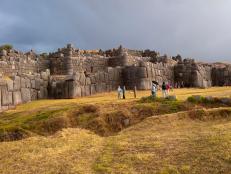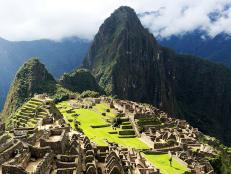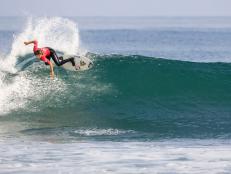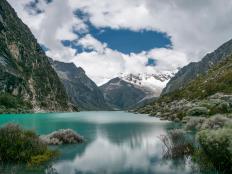Machu Picchu: Incredible Inca Ruins

Related To:
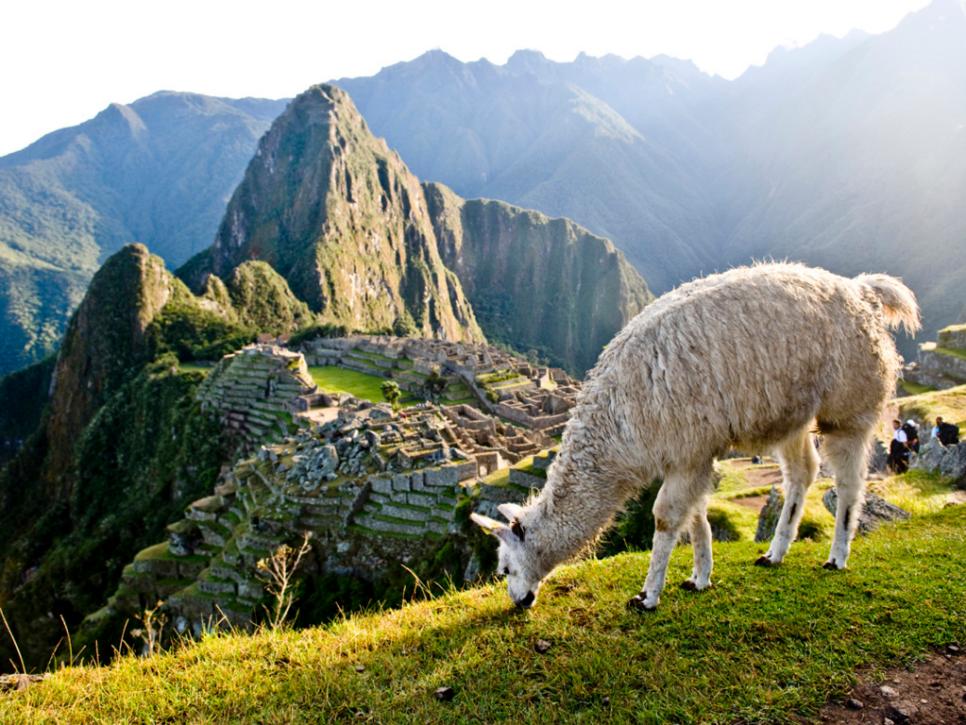
Photo By: Getty Images
Photo By: Getty Images
Photo By: Machu Picchu Sanctuary Lodge
Photo By: Templar1307, Flickr
Photo By: fank209, Flickr
Photo By: Colegota, Wikimedia Commons
Photo By: Lorenia, Flickr
Photo By: Thinkstock
Photo By: Thinkstock
Photo By: Machu Picchu Sanctuary Lodge
Photo By: Getty Images
Photo By: Getty Images
Photo By: Getty Images
Photo By: Manchu Picchu Sanctuary Lodge
Photo By: Terry Feuerborn, Flickr
